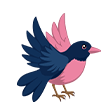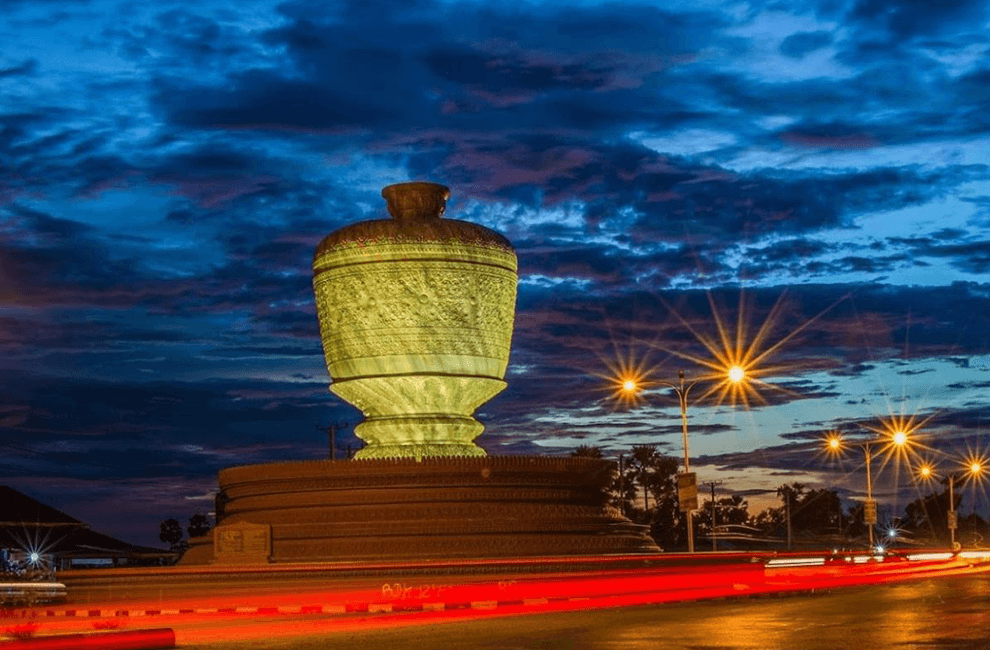When it comes to exploring the hidden gems of Cambodia, Pursat Province is often overlooked by tourists. However, this picturesque province is filled with natural beauty, rich history, and unique cultural experiences waiting to be discovered. From its bustling markets to its stunning natural landscapes, Pursat Province has something to offer every traveler. In this article, we will delve into the Pursat introduction, Geography, Climate, population, economy, transportation options, must-visit attractions, accommodation options, and travel guide for anyone looking to explore this hidden gem in Cambodia.
Introduction about Pursat Province
Pursat Province, located in the western part of Cambodia, is a landlocked province known for its lush landscapes, serene rivers, and traditional Khmer villages. The province’s capital, also named Pursat, serves as a gateway to the Cardamom Mountains and the Tonle Sap Lake, making it an ideal starting point for outdoor enthusiasts and nature lovers. Despite its proximity to popular tourist destinations like Siem Reap and Phnom Penh, Pursat Province remains relatively undiscovered, offering visitors a peaceful and authentic Cambodian experience.
Geography
Pursat Province is characterized by its diverse geography, ranging from fertile plains to dense forests and rolling hills. The province is intersected by the Pursat River, a major waterway that provides irrigation for rice paddies and sustenance for local communities. In the northeast, the Cardamom Mountains rise up, offering breathtaking views and opportunities for hiking, birdwatching, and wildlife spotting. The Tonle Sap Lake, Southeast Asia’s largest freshwater lake, borders Pursat Province to the east, supporting a rich ecosystem of fish, birds, and aquatic plants.
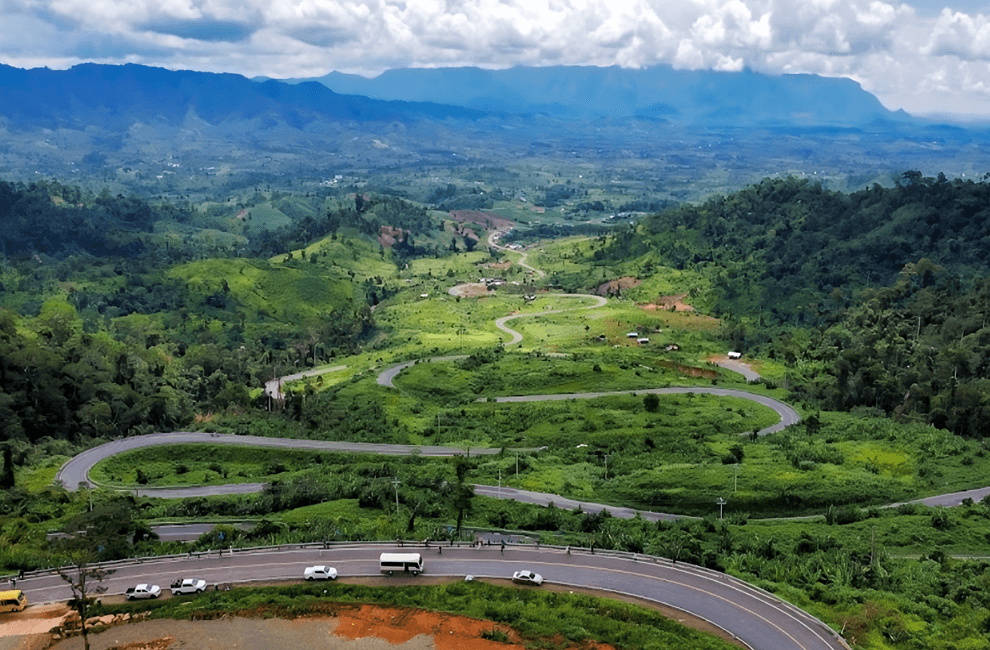
Climate
The climate in Pursat Province is tropical, with distinct wet and dry seasons. The wet season, which lasts from May to October, brings heavy rains and humidity, nourishing the region’s rice fields and forests. The dry season, from November to April, is characterized by clear skies, warm temperatures, and cool breezes, making it an ideal time to explore the outdoors and soak up the sun. Travelers should be prepared for sudden rain showers during the wet season and hot temperatures during the dry season, so packing accordingly is essential.
Population
Pursat Province is home to a diverse population of Khmer, Cham, and Chinese residents, each contributing to the province’s cultural tapestry. The majority of residents in Pursat Province are engaged in agriculture, cultivating rice, vegetables, and fruits in the fertile soil along the Pursat River. Traditional Khmer stilt houses line the riverbanks, while bustling markets and temples dot the countryside, offering visitors a glimpse into everyday life in rural Cambodia. The friendly and welcoming nature of the local population makes Pursat Province a warm and inviting destination for travelers seeking an authentic Cambodian experience.
Economy
Pursat Province’s economy is primarily driven by agriculture, with rice being the main crop grown in the region. The province is also known for its freshwater fish farming and fruit cultivation. In recent years, there has been a growth in the tourism industry, with more visitors flocking to Pursat Province to explore its natural beauty and cultural sites. The local markets are bustling with activity, offering a wide range of local produce and handicrafts for visitors to purchase.
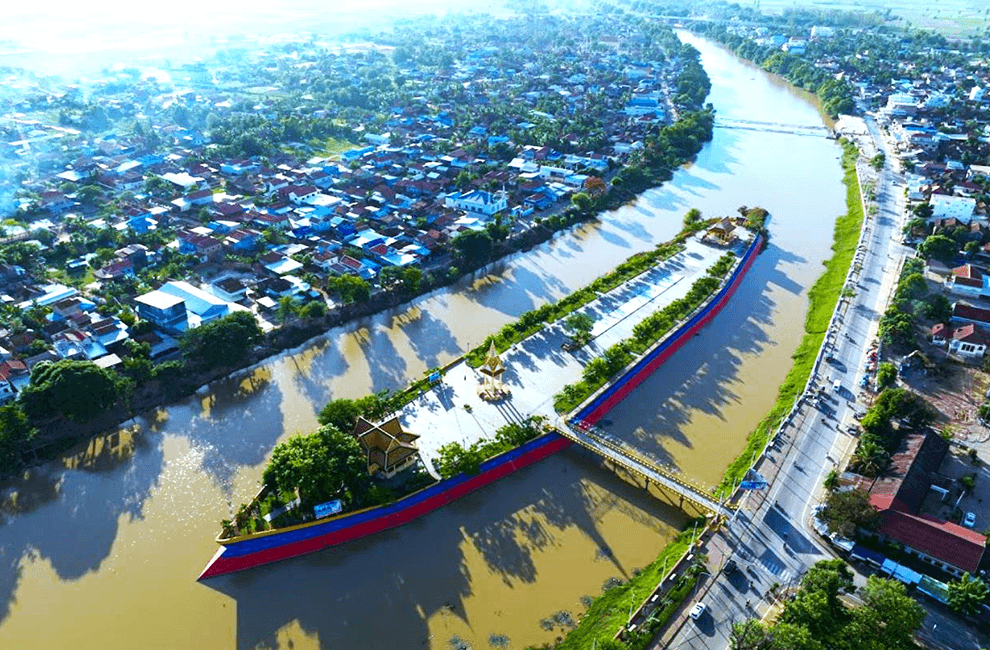
Travel Guide
- Currency: The official currency in Cambodia is the Cambodian riel, although US dollars are widely accepted.
- Language: Khmer is the official language, but English is spoken in tourist areas.
- Weather: Pursat Province experiences a tropical climate, with hot and humid weather throughout the year. The best time to visit is during the dry season from November to May.
How to Get There
The most convenient way to reach Pursat Province is by taking a bus from Phnom Penh, which is approximately a 4-hour drive away. There are also bus services available from other major cities in Cambodia, such as Siem Reap and Sihanoukville. For those looking for a more adventurous option, hire private car and driving to Pursat Province offers the flexibility to explore the stunning countryside along the way.
Where to Visit
- Kampong Luong Floating Village: Experience life on the water by visiting this floating village, where locals live in houses built on stilts above the river.
- Bak Tra Resort: Relax and unwind at this peaceful resort surrounded by lush greenery and tranquil ponds.
- Wat Bakan Temple: Explore this ancient temple complex with intricate carvings and stunning architecture.
- Pka Ka Floating Village: Discover this unique village where houses float on the river, providing a glimpse into the local way of life.
- Sampov Meas: Koh Sampov Meas is in Pursat province, Cambodia, Koh Sampov Meas is a captivating destination known for its serene beauty and cultural significance.
- Chrok La Eang Waterfall: Stands as a natural wonder waiting to be explored. As one of the hidden gems of Cambodia, this breathtaking waterfall captivates visitors with its cascading water, serene surroundings, and lush greenery.
- And many other Tourist attractions.
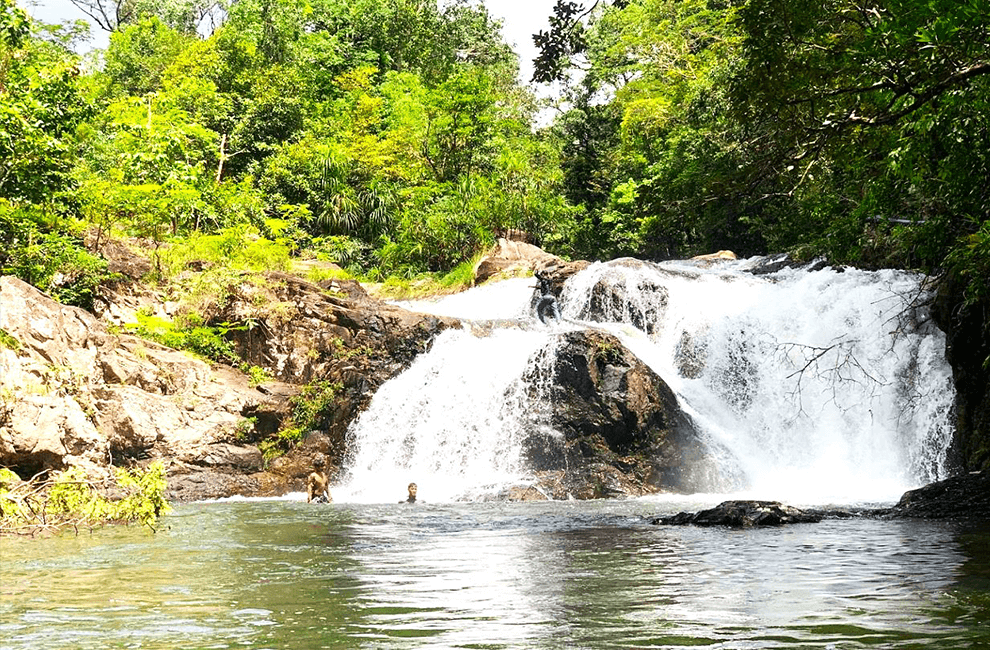
Where to Stay
- Pursat Boutique Hotel: This charming boutique hotel offers comfortable rooms and a rooftop terrace with panoramic views of the city.
- Pursat Guesthouse: A budget-friendly option with clean rooms and a friendly atmosphere, perfect for the budget-conscious traveler.
- Nature Lodge: For those looking to reconnect with nature, this eco-friendly lodge offers rustic accommodations in a peaceful setting.
In conclusion, Pursat Province is a hidden gem in Cambodia, waiting to be discovered by intrepid travelers looking for a unique and off-the-beaten-path adventure. With its diverse geography, tropical climate, and friendly population, Pursat Province offers a truly authentic Cambodian experience that is sure to leave a lasting impression on those who venture off the tourist trail. So pack your bags, grab your camera, and get ready to explore the hidden wonders of Pursat Province.
